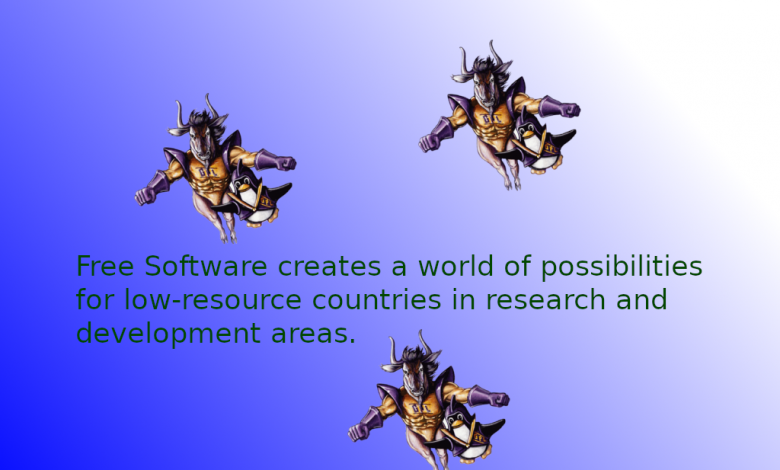
The speed and dynamism in the software industry have led to a rethinking of the knowledge on which traditional software development is based. Recent studies and the same current market is setting the trend in software engineering, having as main characteristics meeting the needs of speed, flexibility and external variants that make our environment a more competitive advantage by increasing productivity and satisfying customer needs. In the shortest possible time to provide greater value to the business. Faced with this situation, the degree of adaptation of traditional methodologies to these work environments were not entirely efficient and did not meet the needs of the current market.
Currently, there are numerous methodologies for software development, separated into two large groups; traditional or heavy methodologies and agile methodologies. Traditional methodologies are based on good practices within software engineering, following a strict discipline framework and a rigorous application process. Agile methodologies, on the other hand, represent a solution to problems that require rapid response in a flexible and constantly changing environment, ignoring rigorous documentation and formal methods. The objective of this research is to present and introduce existing methodologies for software development and the paradigms that make the difference between a structured method and an agile method in order to identify which one is more efficiently adapted to a specific project, regarding the dependence that exists in all low-income countries, giving the possibility that with free software they can obtain improvements as can be seen in the statistics where it is used most frequently.
An example of this is Venezuela, due to the country’s democratic and political situation and its economic mismanagement has had to adapt to new trends in free software.
That is why the Venezuelan Government has assumed as a priority for the economic, social and political development of the country, as well as for national and technological security and sovereignty, the priority use of Free Software as a first step to achieve those ideals, already that the adoption of the same constitutes one of the bases to constitute a technological development oriented to social development and productive efficiency, thanks to the possibility that it offers to socialize both the products and the use of those products that have been developed under these standards of the Free software.
The Venezuelan State has conceived the use and application of it as an opportunity to advance in the construction of Bolivarian Socialism, taking into consideration the four basic freedoms provided by the adoption of free software, which are “Use the program with any purpose, Study how the program works, and adapt it to your needs, distribute copies and improve the program, and release the improvements to the public. “
Advantages of Free Software
1. Economical
The low or zero cost of free products allow SMEs to provide services and expand their infrastructures without diminishing their attempts to grow because they cannot afford to pay large amounts of licenses. Almost all the contests for software development for the public administration go through compatibility with Microsoft factory products, thus guaranteeing perpetuation and income towards Microsoft and does not favor local companies that could offer equivalent products.
2. Freedom of use and redistribution
Existing free software licenses allow the software to be installed as many times and on as many machines as the user wishes.
However, as well as Venezuela, there are other low-income countries that have had to adapt to free software because of the freedom that it possesses or implies since it can be used for any purpose or purpose, be it educational, cultural, political, social and commercial. Among these countries I will mention Ecuador since the president in 2008 said that the software used by public administrations is free software based on open standards. As also Uruguay, which has decided in 2003 to use free software and in turn Bolivia and Argentina joined in that both countries decide to join free software for the freedom that software has and the decentralization in the country’s companies.
Open Source Software has the potential to be reused in other parts of the world; that is, the technological tools created to face a development challenge for a particular place can be transferred and adapted to the local context of another place where a similar problem exists. The same, when one develops a new adaptation of an open product, which undertakes to publish it in an open format as well, thus fueling a virtuous cycle.
Open source has been applied in many contexts and is always evolving. Some of the more recognized examples include the WordPress content manager, the Firefox web browser, and the Linux operating system. Great innovations such as the Internet, GPS or the touch screens of our mobile phones are innovations that, when opened and made available to the public, have formed fundamental elements of developments by large companies such as Apple and Google. For this reason it can be said that free software has been used in all countries since from a mobile device each person uses this default with free software on their Android system on their mobile device, being a free software system with code Open contains innumerable innovations and with the latest trends that free software contains is to fully adapt to these tools.
After doing extensive research on the potential of open source for Latin America and the Caribbean, in 2017 the IDB launched the Code for Development initiative. Through this initiative, the IDB created a platform to share our open tools and those that have been contributed by our collaborators. In this way, the code is available to governments, companies and citizens who want to reuse it. The initiative is collaborative in nature and provides good practice resources for developers and teams interested in learning more about working in open source.



